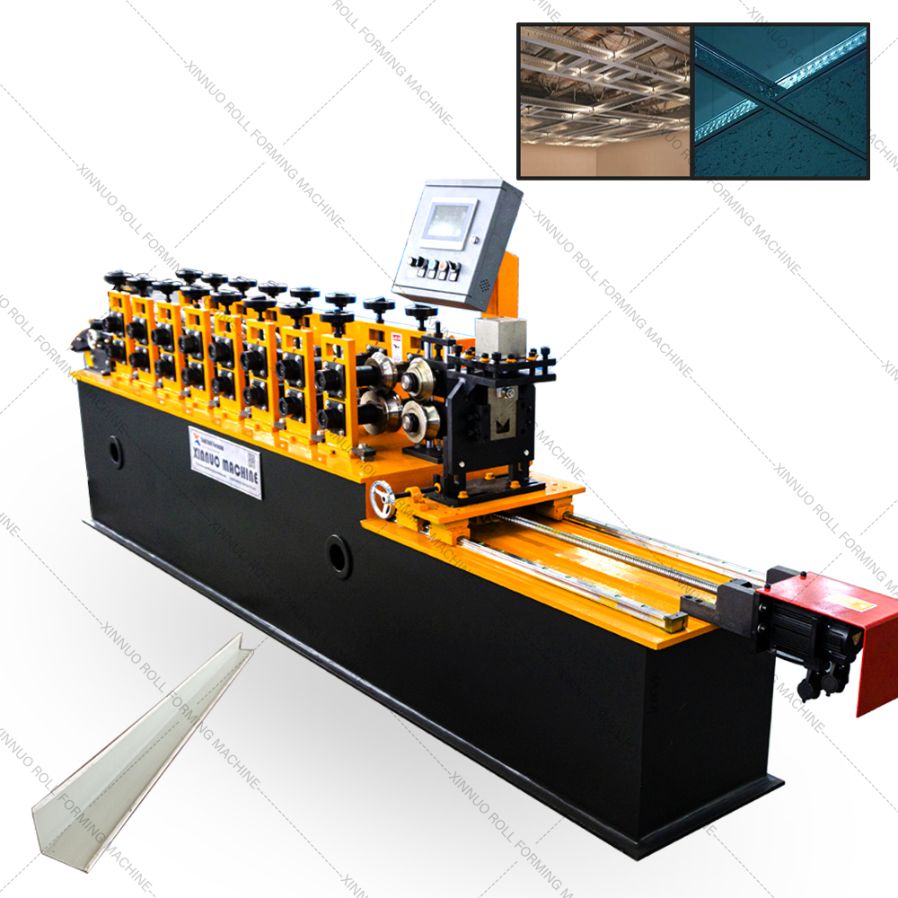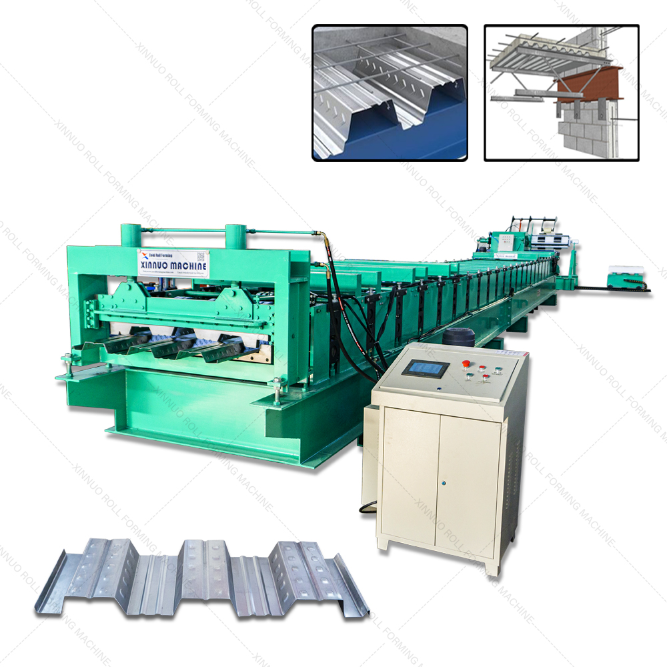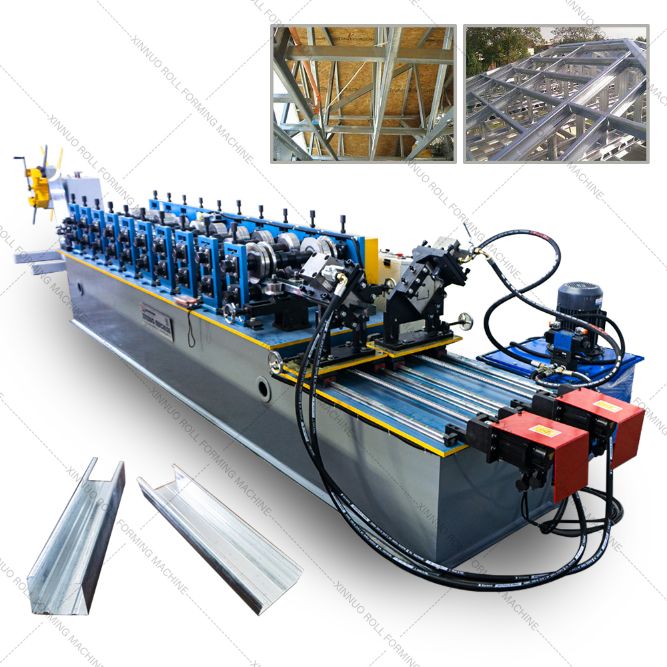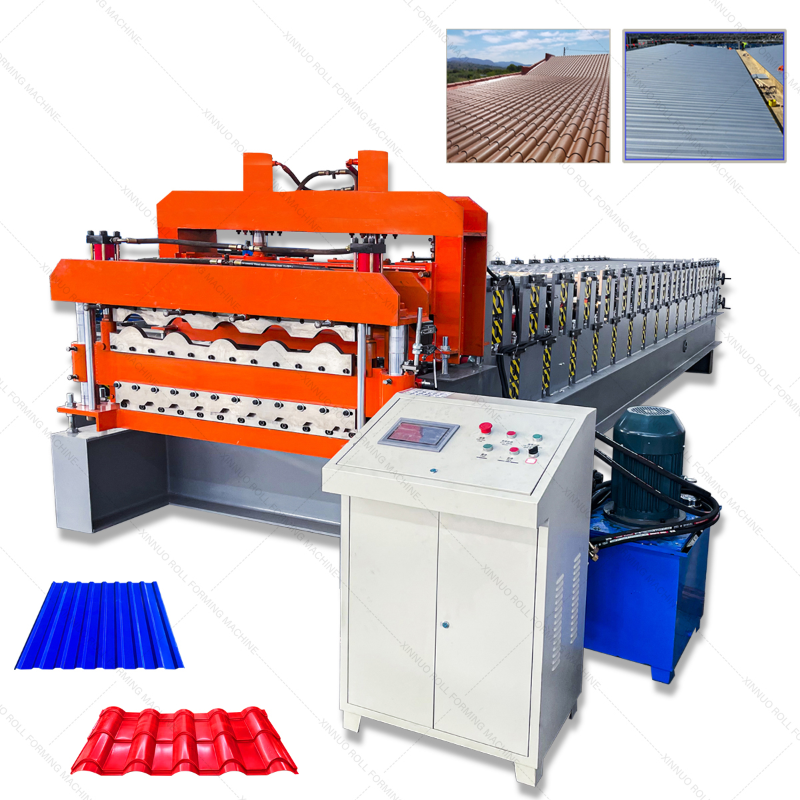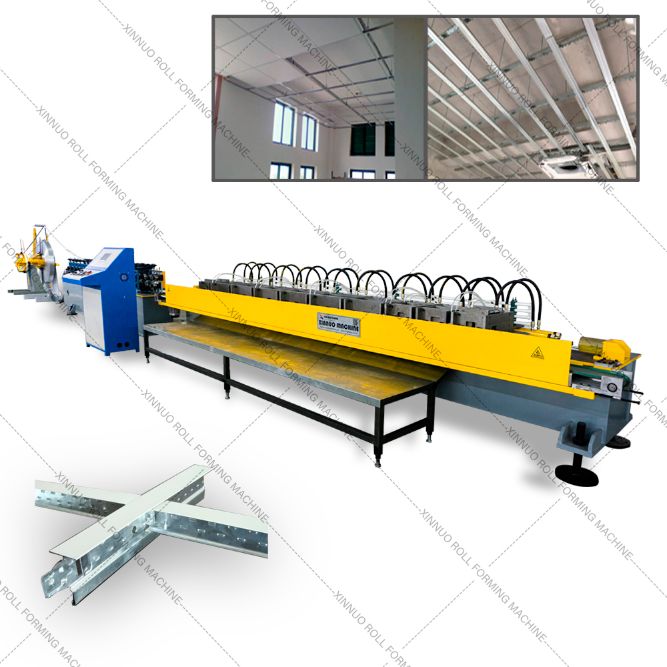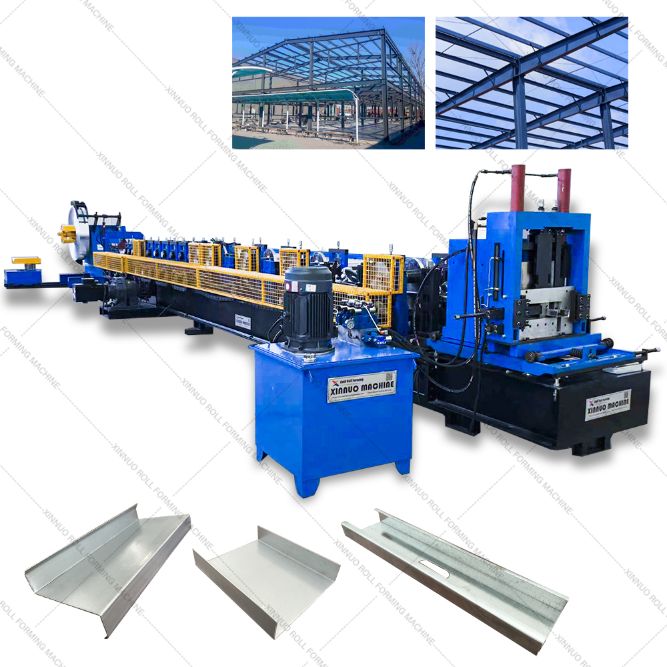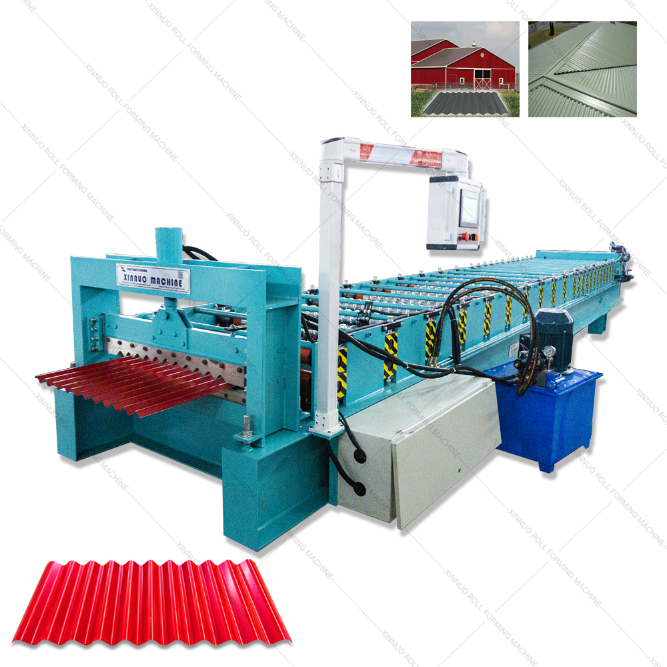DUBLIN, Dec 6, 2022 (GLOBE NEWSWIRE) — The Structural Steel Market – Global Prospects and Forecasts 2022-2027 report has been added to the ResearchAndMarkets.com offer. Structural steel is carbon steel, which means that the carbon content reaches 2.1 percent by weight. Therefore, it can be said that coal is an indispensable raw material for the production of structural steel after iron ore. Very often structural steel is used in various construction works. Structural steel comes in a variety of forms, giving architects and civil engineers the freedom to design.
Structural steel is used to build warehouses, aircraft hangars, stadiums, steel and glass buildings, industrial sheds and bridges. In addition, structural steel is used in whole or in part for the construction of residential and commercial buildings. Structural steel is an adaptable and user-friendly building material that helps create versatility and provides structural strength without excess weight, from commercial to residential and road infrastructure. Structural steel is also used in various industries such as power generation, transmission and distribution, and mining. Most foundation components in shafts are supported by structural steel beams and columns. Structural steel is used to make all structural parts of factories, offices and mines such as mine screens, fluidized bed boilers and other structures.
Structural steel is often defined by industry or national standards such as the American Society for Testing and Materials (ASTM), the British Standards Institute (BSI), the International Organization for Standardization (ISO) and others. In most cases, standards specify basic requirements such as chemical composition, tensile strength and load-bearing capacity. A number of standards around the world define the shape of structural steel. In short, the standards define the angles, tolerances, dimensions, and cross-sectional dimensions of steel, referred to as structural steel. Many profiles are made by hot or cold rolling, while others are formed by welding flat or curved panels together. Structural steel beams and columns are connected by welding or bolting. Steel structures are widely used in the construction of industrial sheds due to their ability to withstand enormous loads and vibrations. In addition, ships, submarines, supertankers, stairs, steel floors and gratings, steps, and steel-made parts are examples of marine vehicles that use structural steel. Structural steel withstands external pressure and can be produced quickly. These properties make structural steels suitable for the naval industry. Therefore, many structures that support the maritime industry, such as files and ports, make extensive use of steel structures.
Key players in the structural steel market have entered into strategic partnerships with various construction and industrial shed companies, as well as with various industries using structural steel. This gives companies a competitive edge, thereby increasing their market share.
Large companies have developed after-sales services that create value for customers. Companies in the structural steel industry compete strategically. The development of sustainable processes and initiatives poses challenges for all companies around the world. Investment in research and development, technological advances, and environmental and economic concerns are driving demand for innovative and environmentally friendly structural steel products. Some of the key players in the global structural steel market include ArcelorMittal (Luxembourg), Tata Steel (India), Nippon Paint (Japan), Hyundai Steel (South Korea) and Shougang (China). These players have adopted strategies such as expansion, acquisition, new product development and joint ventures to increase their revenues in the structural steel market.
In addition, other well-known companies such as Anyang Iron and Steel Group (China), British Steel Group (UK), Emirates Steel (UAE), Evraz (UK), etc. have invested heavily in R&D to develop structural steel products that are attractive to customers. Consequently, these other well-known companies are serious competition to the big players.
Answers to the main questions: 1. How big is the steel structure market? 2. What is the forecast size of the global structural steel market in 2027? 3. What is the growth rate of the global structural steel market? 4. Which region dominates the global structural steel market? 5. What are the main trends in the metal structures market? 6. Who are the key players in the global structural steel market? Key topics covered: 1. Research methodology. 2. Research objectives. 3. Research process. 4. Scale and coverage. Assumptions and Considerations 5.1 Key Considerations 5.2 Currency Conversion 5.3 Market Derivatives 6 Additional Information 6.1 Introduction 6.1 Market Overview 6.1.1 Drivers 6.1.2 Opportunities 6.1.3 Challenges 6.2 Segment Overview 6.2.1 Applications 6.2.2 Type 6.3 Geography 6.4 Company and Strategy 7 Market Overview 8 Introduction 8.1 Overview 9 Market Opportunities and Trends 9.1 Innovation and Technological Progress in the Steel Industry 9.2 Housing and Infrastructure Development 9.3 Demand for Green Building Materials 10 Market Growth Drivers 10.1 Rapid Industrialization of Developing Countries 10.2 Growth of the Light Steel Structure Market 11 Market Constraints 11.1 Expensive maintenance 11.2 Raw material price fluctuations 12 Market landscape 12.1 Market overview 12.2 Market size and forecast 12.3 Five forces analysis 12.3.1 Threat of new entrants 12.3.2 Supply Market power of suppliers 12.3.3 Market power of buyers 12.3.4 Threat of substitutes 12.3. 5 Competition 12.4 Value chain analysis 12.4.1 Raw material suppliers 12.4.2 Manufacturers 12.4.3 Distributors 12.4.4 End users 12.5 Macroeconomic drivers 13 Applications 13.1 Market overview and growth drivers 13.2 Market overview 13.3 Infrastructure 13.3.1 Market overview 13.3.2 Size 13.3.3 Markets by Geography 13.4 Industries 13.4.1 Market Overview 13.4.2 Market Size and Forecast 13.4.3 Market by Geography 13.5 Commercial 13.5.1 Market Overview 13.5.2 Market Size and Forecast 13.5.3 Market by Geography 13.6 Residential 13.6.1 Market Overview 13.6.2 Market Size and Forecast 13.6.3 by Geography 14 Market Types 14.1 Market Overview and Engine of Growth 14.2 Market Overview 14.3 Hot Rolled Steel 14.3.1 Market Overview 14.3.2 Market Size and Forecast 14.3.3 Markets by Geography 14.4 Cold Rolled Steel 14.4.1 Market Overview 14.4.2 Market Size and Forecast 14.4.3 Market Geography 15 Geography
16 Asia Pacific 17 North America 18 Europe 19 Latin America 20 Middle East & Africa 21 Competitive Landscape 21.1 Competition Overview 22 Key Company Profiles 22.1 Arcelormittal 22.1.1 Business Overview 22.1.2 Financial Overview 22.1.3 Product Offerings 22.1.4 Key Strategies 22.1. 5 Key Strengths 22.1.6 Key Capabilities 22.2 Nippon Steel Corporation 22.2.1 Business Overview 22.2.2 Financial Overview 22.2.3 Product Offerings 22.2.4 Key Strategies 22.2.5 Key Benefits 22.2.6 Key Capabilities Overview 22.3.3 Product Offerings 22.3 . 4 Key Strategies 22.3.5 Key Strengths 22.3.6 Key Opportunities 22.4 Tata Steel 22.4.1 Business Overview 22.4.2 Financial Overview 22.4.3 Products 22.4.4 Key Strategies 22.4.5 Key Strengths 22.4.6 Key Opportunities 22.5 Hyundai Steel 22.5. 1 Business Overview 22.5.2 Financial Overview 22.5.3 Products 22.5.4 Key Strategies 22.5.5 Key Strengths 22.5.6 Key Opportunities 23 Other Notable Suppliers 23.1 Anyang Iron and Steel Group Co., Ltd. 23.1.1 Company Profile 23.1.2 Product Offering 23.2 British Steel 23.2.1 Company Profile 23.2.2 Product Offering 23.3 China Angang Steel Group Corporation Limited 23.3.1 Company Overview 23.3.2 Business Overview 23.3.3 Product Offering 23.4 Emirates Steel 23.4. 1 Company Overview 23.4.2 Products Offered 23.5 Evraz plc 23.5.1 Company Overview 23.5.2 Business Overview 23.5.3 Products Offered 23.6 Gerdau S/A 23.6.1 Company Overview 23.6.2 Business Overview 23.6.3 Products Offered 23.7 Hbis Group Co . Ltd 23.7.1 Company Overview 23.7.2 Business Overview 23.7.3 Product Offerings 23.8 Jsw Steel 23.8.1 Company Overview 23.8.2 Business Overview 23.8.3 Product Offerings 23.9 Nucor 23.9.1 Company Overview 23.9.2 Business Overview 23.9.3 Offerings products 23.10 Posco 23.10. 1 Company Overview 23.10 2 Product Offering 23.11 Ssab Ab 23.11.1 Company Overview 23.11.2 Business Overview 23.11.3 Product Offering 23.12 Steel Authority of India Limited 23.12.1 Company Overview 23.12.2 Business Overview 23.12.3 Product Introduction .1 Company Overview 23.13.2 Product Introduction 23.14 Voestalpine AG 23.14.1 Company Overview 23.14.2 Business Overview 23.14.3 Product Introduction 24 Report Summary
Post time: May-31-2023


